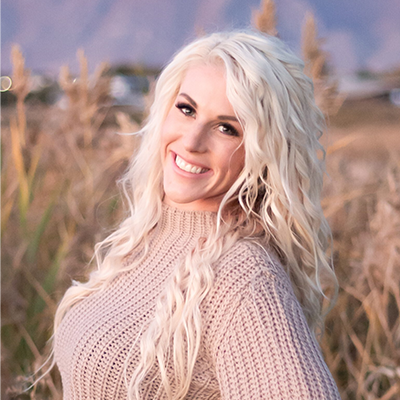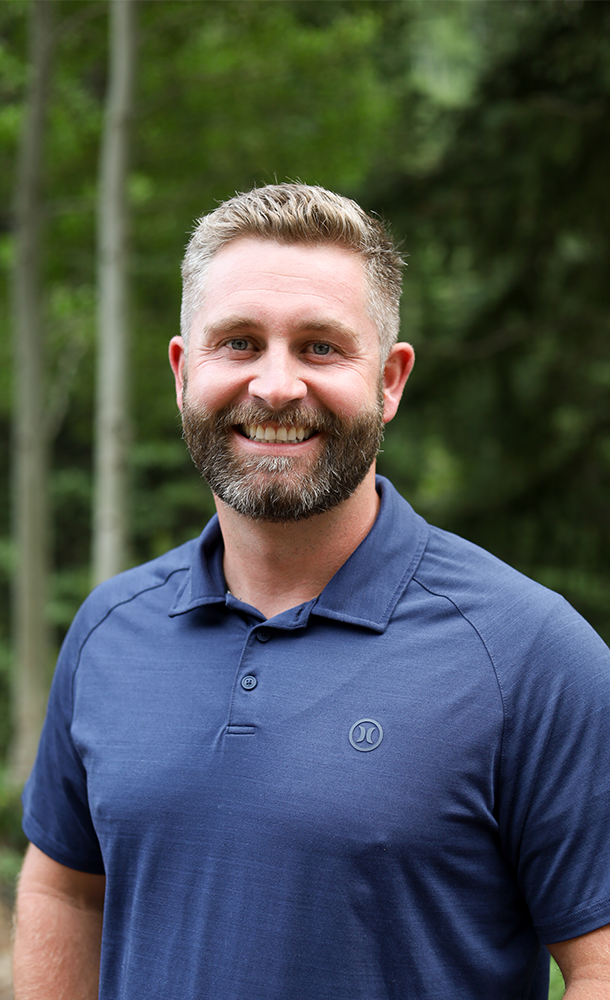The most beneficial PRF insurance policies are those that are created using the most accurate data. Over the last decade, the western United States has seen some of the driest years in recent history, leading to significant indemnity payouts for producers covered with PRF insurance. But, what happens when a PRF insurance agent only uses this small 7-10 year data window to create your policy quotes instead of using your 20+ year history? In short, it could be presenting indemnity dollar amounts that are inflated by abnormally dry years, leaving you with unmet expectations at the close of your policy year. Here’s why:
More Data Results in More Accurate Averages
Finding averages from PRF insurance data is no different than finding averages for your herd’s weaning or birthing weights. If you only accounted for your heaviest calves and excluded the little guys, then you’d be left with a higher-skewed average that isn’t a realistic representation of your entire herd’s performance. The same is true when your average net indemnity from PRF insurance is calculated using only the last 7-10 years of data, excluding wet years in the early 2000s, and focusing only on the dry. The average net indemnity for these years will look like a great payout, but unfortunately, may not be realistic.
On the other hand, if your agent uses data from 20 or more years, you’ll be shown an average net indemnity that does account for wet years (particularly 2005) during which you may have owed a premium. As a result, your 20-year average net indemnity will appear lower than the average net indemnity found using data from only the last 7-10 years. But, your 20-year average is a more realistic representation of how your PRF insurance policy would actually perform on your land over the long term while riding out various weather cycles.
As an example, let’s compare the average net indemnity for the same 15,000-acre ranch, using the 7-year data and the 20-year data. Using the yearly totals shown in the data charts below, the 7-year average net indemnity comes out to just over $37,000 annually, while the 20-year average net indemnity comes out to just over $24,000 annually. That’s about a $13,000 annual difference for this operation’s potential quote, depending on the data window used to create their estimated average!

Inaccurate Data Hurts More Than Just Expectations
While the inflated expectations caused by agents using small data windows to create policy quotes are undoubtedly frustrating, there’s another consequence of skewed data that is even more concerning: poorly built policies.
The more data your agent uses, the more accurately they are able to place your coverage into intervals that maximize your potential for receiving cash indemnities throughout the life of your policy. Therefore, an agent that relies on a small 7-10 year data window may not be able to build a policy that is optimal for your operation.
This is why agents with Redd Summit Advisors only build policies using 15-20 or more years of data. The longer data window allows them to see how coverage would have performed in each interval, through wet and dry years, to determine which intervals would have consistently triggered indemnities in the past and will likely continue to do so in the future. They can then precisely tailor your coverage to maximize your potential benefit from your PRF policy.
Avoiding Inaccurate Quotes
If you take away points from this article, it should be that It’s important to recognize that a 7-10 year net indemnity average may not be a realistic representation of a PRF policy’s performance on your land, and it would be a good idea to ask your agent for a 15-20 year average instead. Whoever you write your coverage with, make sure you compare apples to apples!
Conclusion
PRF insurance has proven to be a profoundly beneficial program that enables producers to protect their operations from the effects of low precipitation. However, to set realistic expectations and optimize coverage, accurate data is crucial. A 7-10 year data window excludes wet years and can result in inflated averages, while a 20-year data window accounts for weather cycle shifts and can paint a clearer picture of how PRF coverage will look on your land.
If you’re wondering about the 20-year data for PRF insurance on your operation, give us a call at (435) 625-1022, or fill out the form at https://www.reddsummit.com/get-a-quote . We’d love to walk you through the numbers.

.jpeg)
.jpg)
%20(1).jpg)
.webp)




